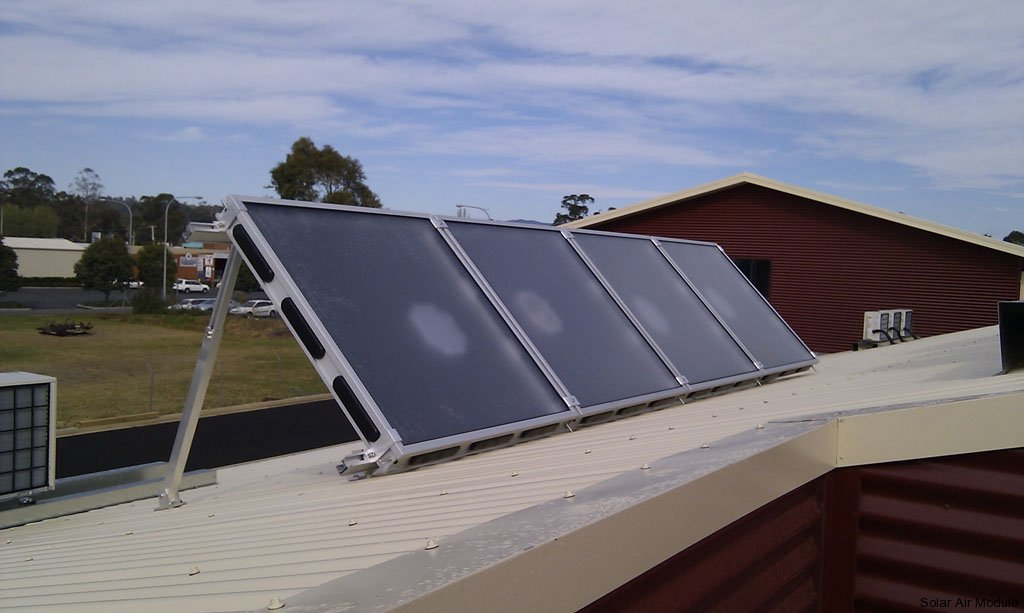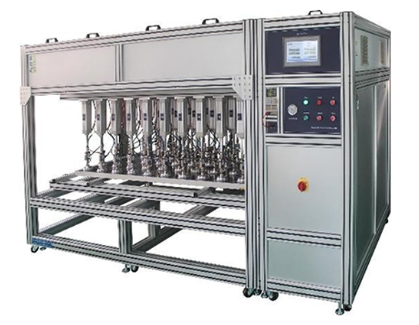
Quantum Efficiency Tester
PL/EL Integrated System
PV-Reflectumeter
3D Confocal Microscope
In-Line Four Point Probe Tester
Four Point Probe Tester
In-Line Thin Film Thickness Tester
Raman Spectrometer
FTIR Spectrometer
Spectrophotometer
Automatic Spectroscopic Ellipsometer
Contact Resistance Tester
Ultra depth of field 3D microscope
Auto Visual Tester
VMM PV Vision Measuring Machine
Solar Cell Horizontal Tensile Tester
Steady State Solar Simulator for Solar Cell
Solar Cell UV Aging Test Chamber
Solar Cell Comprehensive Tensile Tester
Visual Inspection Tester
Wet Leakage Current Tester
PV Module EL Tester
PV Module UV Preconditioning Chamber
Steady State Solar Simulator for PV Module
Current Continuous Monitor
Potential Induced Degradation Test
Bypass Diode Tester
LeTID Test System
Reverse Current Overload Tester
Impulse Voltage Tester
Hipot Insulation Tester
Ground Continuity Tester
Hipot Insulation Ground Tester
Damp Heat Test Chamber
Humidity Freeze Test
Thermal Cycle Test Chamber
Dynamic Mechanical Load Tester
Static Mechanical Load Tester
Hail Impact Tester
Robustness of Termination Tester
Module Breakage Tester
Cut Susceptibility Tester
Peel Shear Strength Tester
Universal Testing Machine (Single-arm)
Universal Testing Machine (Double-arm)
Glass Transmittance Tester
Acetic Acid Test Chamber
EVA Degree of Crosslinking Test System
Junction Box Comprehensive Tester
Drop ball tester
Semi-automatic scanning four-probe tester
Stylus Profilometer
Maximum Power Point Tracker
Perovskite Glass Transmittance Tester
Perovskite P1 Laser Scribing Multifunctional Testing Machine
Perovskite Online PL Tester
Perovskite Online Sheet Resistance Tester
Online Perovskite Film Thickness Tester
Perovskite Process Inspection Workstation
Portable IV Curve Tester
Portable EL Tester
Portable Thermal Imaging Tester
Solar Module Multi-Channel Testing System
PV Inverter Power Quality Tester
Drone EL Tester
IV Tester
IVEL Cell Sorting Machine
Causes of Solar Panel Degradation
Date : 2023-12-06Views : 145
Aging is the main degradation factor affecting the operating life of photovoltaic modules. This degradation is the direct result of years of exposure of modules to rain, snowfall, extreme temperatures, hail, dust and other external factors.
When PV modules are exposed to the external factors mentioned above, they begin to decay over time and reduce their efficiency. This occurs due to solar panel frame corrosion, glass and backsheet delamination, and photovoltaic materials losing their properties, all of which cause photovoltaic modules to degrade by an average of 0.5% per year.

![]()
Dynamic Mechanical Load Tester
Solar modules are subject to pressure from heavy objects such as wind, snow, and ice during outdoor applications. If the strength of the solar modules does not meet the requirements, the module will deform too much under the pressure of heavy objects, which will lead to adverse consequences such as cell cracks. This leads to a reduction in the power generation of solar modules. Dynamic Mechanical Load Tester, which verifies the reliability of produced solar modules and ensures they can withstand different forces and weather conditions.

E-mail: market@millennialsolar.cn
![]()
Light-induced degradation (LID)
Light-induced degradation (LID) is a phenomenon that causes solar panels to degrade at an accelerated rate, primarily affecting modules during the first year of operation. This is the result of sunlight accelerating the oxidation process between boron and oxygen used to dope photovoltaic materials.
These defects occur naturally when combined with molten silicon in the Tchaiklanski process used to grow single crystal silicon (single crystal c-Si). The boron used to dope solar cells combines with oxygen and acts as a trap for electron-hole pairs, affecting the power generation process.
Solar panel degradation caused by LID severely affects modules made with monocrystalline silicon, especially p-type silicon wafer modules. The LID effect of PERC photovoltaic modules is also higher.
![]()
Potential induced degradation (PID)
Potential-induced degradation, or PID, is another degradation mechanism that affects photovoltaic modules and reduces their efficiency. Unlike LID, PID will not seriously affect specific types of photovoltaic modules, but it will affect monocrystalline c-Si, polycrystalline silicon (poly c-Si) and thin-film photovoltaic modules, etc.
Large photovoltaic installations are characterized by high voltages per string, which leads to potential differences between the cells and the frame, resulting in leakage currents and power losses.
The understanding of PID is still incomplete and requires further research, but it is known to produce high power losses in ungrounded PV systems with voltages exceeding 1,500V. This is relevant for large utility-scale and commercial PV systems.
![]()
Backplane failure
Backplane failure is another cause of degradation and is a leading cause of premature degradation. It has been determined that 9% to 16% of PV modules suffer from backsheet failure. This is a cause for concern because the backsheet of a PV module is the first line of defense in isolating and protecting the internal components from external factors such as moisture, wind, dust, and UV rays.
The main cause of solar panel degradation due to backsheet failure is delamination of the backsheet or the formation of cracks in the material. When the backsheet fails, the internal modules of the solar panel are exposed to external factors and the life of the photovoltaic module is shortened.

Given that solar panels have a limited lifespan, it’s important to note that they can be recycled and reused for grid operations, electric vehicle charging stations, and other applications. Even better news is that researchers are currently working to extend the life of photovoltaic modules and develop techniques to reduce further degradation of solar panels. Millennial Solar believes that in the future, photovoltaic module products will be improved in all aspects compared to the models we use now.

































































